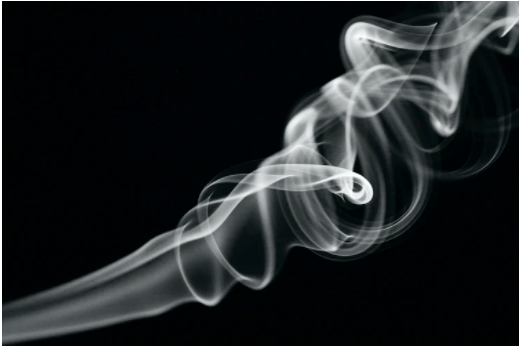In a modern era, life has become easier than any human could have ever imagined. Technology can bring the whole world to one’s palm. From kitchen appliances to electronic gadgets, there is nothing that can’t replace manual labour. But such advancement has also brought human lives closer to danger.
Due to a sharp increase in the use of plastic in households, the time fire takes to spread has dramatically decreased. A study shows that a person has less than seven minutes to escape a residential fire. Over 900 people in Australia have lost their lives in preventable home fires till 2019. Ninety per cent of this number would have survived with efficiently installed smoke alarms. Here are some crucial things to keep in mind while installing smoke detectors.
Preparations
Before installing a smoke detector, one needs to understand that it is an extensive process that requires an expert technician. Therefore, it is wise to refrain from fixing a smoke detecting system by oneself.
With that established, there are a few things that one needs to acquire before contacting a technician for the installation. These include a drill, screwdrivers, a battery system, electrical sockets, and a small ladder. The smoke detector comes with the appropriate size of screws and bolts, and therefore, it will not be necessary to buy them separately.
Types of alarms
For residential purposes, there are two types of smoke detectors. The first type is an optical smoke detector, and it works best with flaming or open fires. In an optical smoke detector, an ionized element is present between two charged plates.
Since the plates are electrically charged ones, the radioactive element ionizes the air. When the smoke from a fire disrupts the charged atmosphere, the alarm detects it as a fire accident and intimates the residents. The second kind is known as a photoelectric fire alarm. This smoke detector uses a photodiode to detect smoke when it partially blocks the light source.
These alarms are perfect for homes at risk of experiencing smouldering fires that do not create many flames. Despite these differences, it is advisable to install both systems in a residential setup since it might be hard to predict the nature of a fire accident.
Choose a place
Once a homeowner has decided upon a fire alarm and has contacted a technician, they must mark the places that will require fire alarm assistance. Laws in Australia require residents to install a smoke alarm in kitchens, bedrooms, and hallways that connect the bedrooms. Doing so will guide a trapped person towards exits to airy places such as living rooms and reduce the risk of being trapped in rooms.
Experts also advise homeowners to avoid placing smoke detectors within 300 millimetres of a ceiling fan’s blades or on corners of a wall. Similarly, it is best to avoid installing them within 400 millimetres of a light bulb or air conditioning vent.
Alarm maintenance
Once a smoke detector system is in place, it does not require much after-service. Since fire accidents rarely occur every month, it is advisable to press the alarm to check if it is working. In case of a faulty alarm, one can get help in time and ensure safety for the household. It is also imperative that the system is free of cobwebs, insect nests, and dust.
Cleaning it once a week will guarantee functional smoke alarms. Changing the battery usage once in six months is also desirable. In households with small children, the parents must take precautions to sync the alarm systems in their children’s rooms for added safety. With appropriate measures, one can skillfully evade any fire accident!

